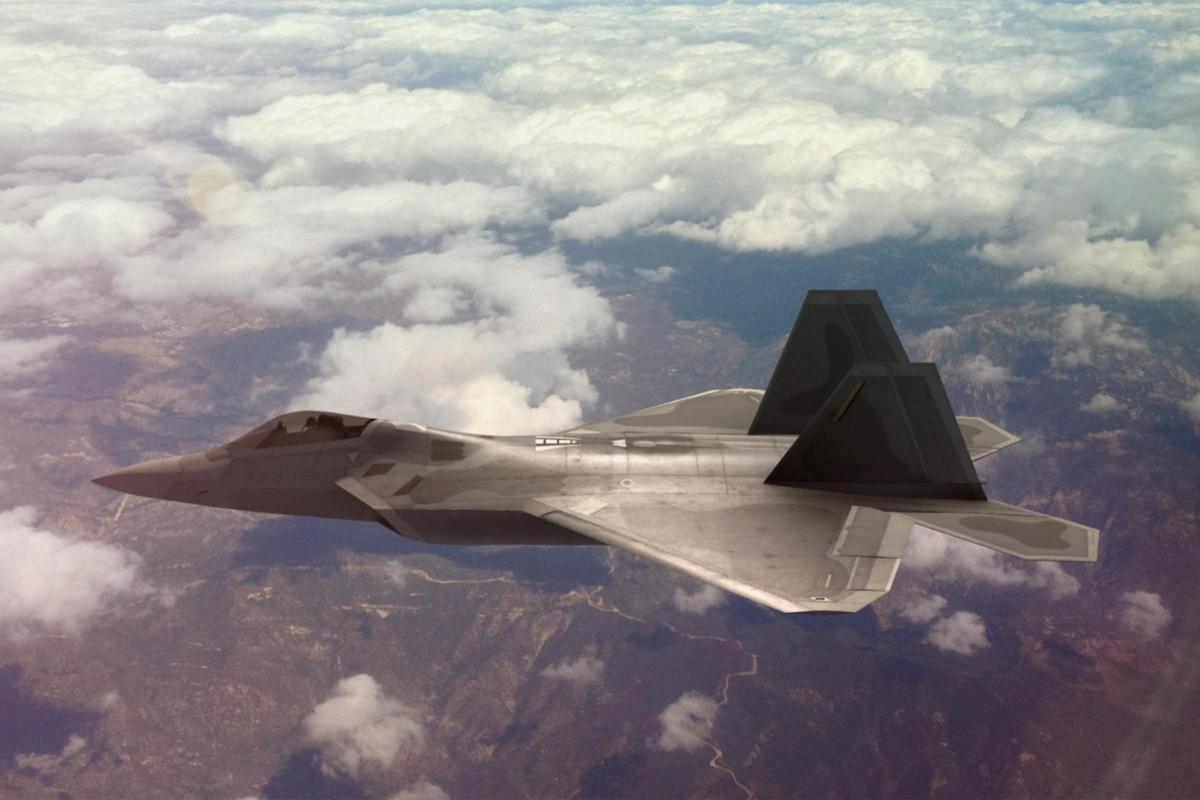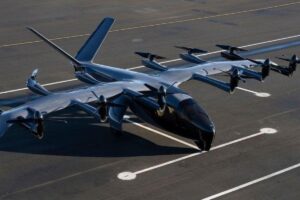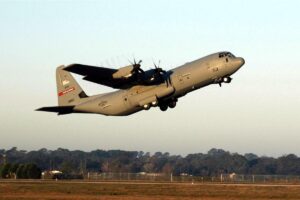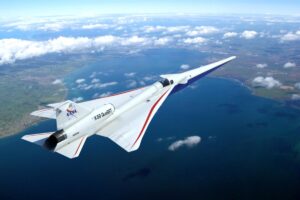Enhancing Avionics Systems with Protocol Converters
Abstract
This white paper explores how avionics protocol converters enhance the performance, interoperability, and modernization of aircraft systems. With multiple communication standards such as ARINC429, RS-422, and MIL-STD-1553 coexisting in avionics environments, protocol converters serve as essential tools for seamless data communication. The paper outlines technical principles, integration challenges, benefits, and future trends of protocol conversion, alongside applications across commercial, military, and space aviation sectors.
Introduction
In modern aviation, seamless communication between various avionics subsystems is paramount. From flight control systems to navigation units, each component plays a critical role in ensuring flight safety, efficiency, and performance. However, the aviation industry’s evolution has led to the integration of legacy and next-generation systems, each using different communication protocols. Bridging the communication gap between these systems is where avionics protocol converters become essential. This white paper delves deep into the role of protocol converters in avionics, exploring their architecture, applications, benefits, challenges, and future potential.
1. The Role of Data Communication in Avionics
1.1. Importance of Reliable Communication
Aircraft operate as complex systems of systems. Each subsystem, whether for engine monitoring, navigation, communication, or flight control, needs to exchange data reliably and efficiently. The integrity and timeliness of this data exchange are critical for safe flight operations.
1.2. Common Protocols in Avionics
Common communication protocols include ARINC 429, MIL-STD-1553, CAN Aerospace, ARINC 664 (AFDX), and newer protocols like Ethernet/IP. These protocols define how information is formatted, transmitted, and interpreted across devices.
1.3. Interoperability Challenges
With diverse protocols in use, interoperability becomes a challenge, especially when integrating legacy systems with new digital avionics. Without a means to translate or mediate communication, data can be lost, misinterpreted, or delayed.
2. Understanding Protocol Converters
2.1. Definition and Functionality
Protocol converters are hardware or software-based devices that translate communication data from one protocol to another in real-time. Their core function is to enable communication between systems that otherwise would not be able to exchange information.
2.2. Types of Protocol Converters
There are universal converters capable of multiple translation modes and dedicated converters designed for specific protocol pairs, such as ARINC 429 to Ethernet.
2.3. Hardware vs. Software Converters
Hardware converters are embedded units installed in aircraft. They are robust and optimized for aviation standards. Software-based converters may be used in ground testing, simulations, or system development environments where flexibility is paramount.
3. Key Protocols and Conversion Requirements
3.1. ARINC 429 Conversion Needs
ARINC 429, a unidirectional point-to-point data bus, is widely used in commercial aircraft. Converting ARINC 429 to Ethernet, ARINC 664, or CAN is common when integrating with newer systems.
3.2. MIL-STD-1553 Compatibility
This protocol, common in military aircraft, uses a dual-redundant bus with centralized control. Translating MIL-STD-1553 to ARINC or Ethernet requires timing preservation and data integrity checks.
3.3. CAN Aerospace and ARINC 825
Used in smaller aircraft and UAVs, CAN protocols require conversion to interact with more robust systems, especially when integrating into commercial aircraft data networks.
3.4. ARINC 664 (AFDX) and Ethernet Protocols
These protocols use deterministic Ethernet. Protocol converters must handle bandwidth management, packet integrity, and quality of service (QoS) to ensure compatibility.
4. Architecture of Avionics Protocol Converters
4.1. Input/Output Interfaces
Protocol converters feature multiple input/output ports configured for different data buses. These may include physical connectors and software APIs.
4.2. Microcontroller and Logic Units
At the core, microcontrollers or FPGAs process incoming data, convert formats, and ensure timing alignment. FPGA-based systems allow for high-speed parallel processing and protocol customization.
4.3. Buffer Management and Timing Control
Buffering mechanisms prevent data loss during high-throughput exchanges. Timing control ensures data is synchronized and meets deterministic delivery requirements.
4.4. Error Checking and Validation
Built-in validation systems verify data integrity during translation. This includes parity checks, CRCs, and message format validation.
5. Use Cases and Application Scenarios
5.1. Retrofit Programs for Older Aircraft
Protocol converters enable older aircraft to adopt modern avionics without a full system replacement. For example, integrating modern FMS with legacy ARINC 429 interfaces.
5.2. UAV and Drone Avionics Integration
Unmanned systems often use lightweight communication standards. Protocol converters allow these platforms to interface with ground control systems using Ethernet or ARINC standards.
5.3. Mixed-Fleet Operations
Airlines with both old and new aircraft benefit from converters that standardize data outputs across different platforms, simplifying maintenance and training.
5.4. Ground Support Equipment and Simulation
Test benches and simulators use protocol converters to mimic various aircraft data environments for validation and training purposes.
5.5. Mission Systems in Military Aircraft
Military aircraft often integrate classified mission systems using different protocols. Converters ensure seamless data sharing between secure and non-secure subsystems.
6. Benefits of Using Protocol Converters
6.1. Cost Efficiency
Rather than replacing entire subsystems, protocol converters extend the life of legacy components by allowing them to interact with modern systems.
6.2. Enhanced System Integration
Converters create a unified data environment, facilitating faster integration of new technologies and third-party systems.
6.3. Improved Flexibility and Scalability
Systems can evolve incrementally. Adding or upgrading subsystems becomes easier when data interoperability is not a limiting factor.
6.4. Increased Safety and Reliability
By ensuring accurate and timely communication, converters contribute to overall avionics system reliability and flight safety.
7. Challenges in Implementation
7.1. Real-Time Constraints
Maintaining real-time communication is critical. Delays introduced by conversion processes must be minimized and predictable.
7.2. Certification and Compliance
Aviation systems must comply with rigorous standards such as DO-178C (software) and DO-254 (hardware). Converters must be certifiable within this framework.
7.3. Complexity of Multi-Protocol Systems
Supporting multiple protocols in a single device requires complex design and extensive validation to prevent cross-talk and data loss.
7.4. Security Considerations
Data bridging can expose systems to cyber risks if not managed properly. Secure boot, encryption, and access control mechanisms are essential.
8. Future Trends and Innovations
8.1. AI and Intelligent Protocol Mediation
Artificial intelligence can optimize protocol translation dynamically, adjusting priorities and error correction based on context.
8.2. Modular and Software-Defined Avionics
With the trend toward open systems architectures (e.g., MOSA), protocol converters are evolving into software-defined tools embedded in modular systems.
8.3. Miniaturization and Power Efficiency
As UAVs and electric aircraft demand smaller, lighter components, converters are becoming more compact and energy efficient.
8.4. Integration with Cybersecurity Solutions
Future converters will embed advanced security features, including intrusion detection, cryptographic modules, and blockchain-based trust management.
Conclusion
Protocol converters are indispensable tools in the modern avionics ecosystem. They provide a critical bridge between legacy and modern systems, enabling seamless communication and integration without the need for costly overhauls. As avionics continue to evolve towards open, interconnected, and intelligent systems, the role of protocol converters will only expand. Their design, implementation, and certification must continue to meet high standards of performance, security, and reliability.
